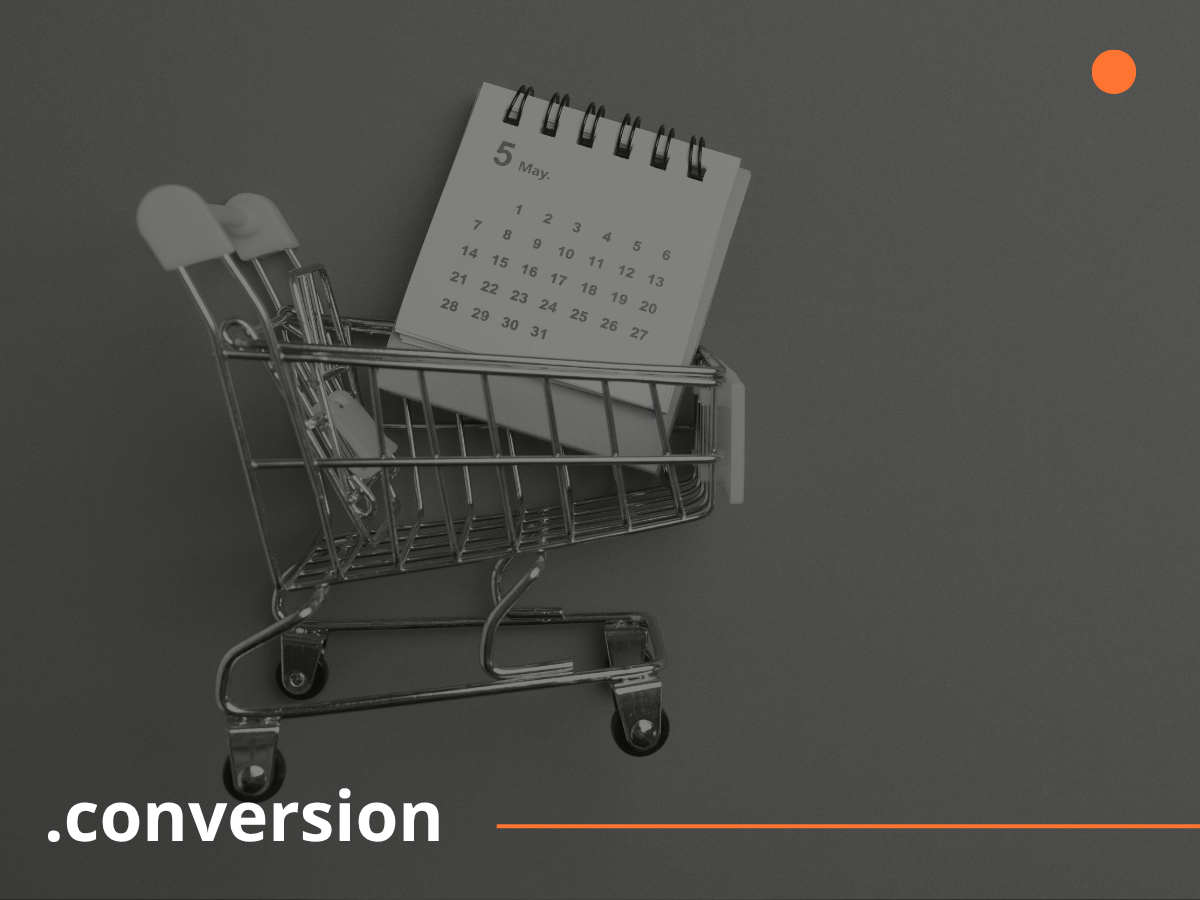Whether you’re a marketing professional or not, you already know that holiday dates significantly drive the market, and increasingly shape the e-commerce calendar. Some of these moments are anticipated months in advance, such as Black Friday or Christmas.
However, others often go unnoticed but can represent great conversion opportunities when properly planned. It’s this planning that makes the difference between rushed campaigns and initiatives that truly impact revenue.
A well-structured e-commerce calendar helps organize commercial actions, anticipate content production, adjust inventory, build campaigns, and ensure everything works on time. Ignoring this process doesn’t just affect one specific date, it impacts the store’s overall yearly performance.
Thinking ahead and strategically helps align marketing efforts with consumer behavior. When you understand consumption patterns throughout the year, it becomes easier to adapt language, offers, and channels to boost conversions. Want to know more? Keep reading!
How Good Strategic Planning Impacts E-commerce Success
Creating an e-commerce calendar goes far beyond choosing a few dates and setting phone reminders. The idea here is to see the year as a series of opportunities to be seized intelligently. This requires a broad vision, market insight, and integration with different areas of the operation.
When planning is done in advance, there’s more time to prepare creative assets, align media efforts, adjust pricing, set goals, and coordinate the team. This reduces errors, improves communication, and allows for more consistent campaign execution.
Additionally, planned campaigns usually perform better because they respect the maturation period of the strategy. A well-produced ad with testing, proper targeting, and tailored messaging, is more likely to generate results than a hastily launched campaign.
Another important factor is customer relationship building, which takes dedicated time. When a store anticipates needs and delivers the right solutions at the right moment, it demonstrates attentiveness to the consumer, builds trust, and increases the likelihood of repeat purchases.
How to Identify and Prepare for Key Dates
Not every date works for every business. That’s why the first step is to understand your target audience’s behavior and relate that to your store’s segment. A sporting goods e-commerce site may benefit from events like the World Cup or the Olympics. A cosmetics store, on the other hand, may see sales peaks during Mother’s Day or Valentine’s Day.
It’s important to look at both widely known commercial dates and smaller events that may be relevant to niche markets. Back-to-school season, for example, may be more important for stationery and electronics stores. Consumer Day, though less traditional, has seen growing traction and could offer a good sales opportunity in the first half of the year.
Once you’ve selected the most promising dates for your business, it’s time to create an action plan for each. This includes setting campaign goals (attracting new customers, clearing stock, building loyalty), defining budgets, producing content, and outlining communication by channel.
Getting ahead of the calendar also increases competitiveness: the sooner you launch a campaign, the greater the chances of capturing attention before your competitors. Plus, with planning, you can negotiate better deals with suppliers, think about giveaways, adjust logistics timelines, and prepare your support team for higher demand.
Mental Triggers, Promotions, and Audience Segmentation
The e-commerce calendar becomes much more effective when campaigns are built based on real insights into consumer behavior. In this context, mental triggers are a perfect fit for encouraging purchasing decisions.
The most commonly used triggers include urgency, scarcity, and exclusivity. Messages like “last units available,” “offer valid until midnight,” or “exclusive deal for registered users” can increase conversion rates, especially on emotionally charged dates.
Still, relying solely on triggers isn’t enough. They work best when paired with relevant offers. Promotions need to make sense to the customer and be backed by strong messaging. The perceived value must exceed the price, otherwise, the consumer will simply ignore it.
Another key factor is audience segmentation. Instead of sending the same message to everyone, tailor your communications based on purchase history, browsing behavior, or geographic location. Marketing automation and CRM tools are very helpful in this process.
On top of that, the website layout should be adapted to the campaign, social media content should be aligned, and email marketing must be consistent with the ads. The more cohesive the communication, the greater the chance your message will be understood and acted upon.
How to Create an Effective Annual Calendar for Your E-commerce
Creating an annual calendar requires more than good intentions, it requires a method. Here’s a list of steps you can follow:
- Start by listing all relevant dates for your industry: include national holidays, traditional celebrations, seasonal events in your niche, and internal campaigns.
- Distribute these dates throughout the year and brainstorm ideas for each: think about months when revenue typically drops and consider if any action can help boost sales during those periods.
- Define the stages of each campaign: when planning starts, when production begins, deadlines for email sends, launch dates for ads, and how post-sale efforts will be handled.
- Leave room for unexpected opportunities throughout the year: a viral campaign, a new product launch, or even a sudden trend can become a golden opportunity.
- Wrap up each quarter with an analysis of previous campaigns: review what worked, what can be improved, which formats delivered the best results, and which audiences responded most effectively.
Our goal here was to highlight that building a good e-commerce calendar is about designing a growth roadmap for your store, based on planning, analysis, and creativity. When each campaign has a reason, a clear goal, and a structured plan, results tend to follow.
Beyond aiding organization, the e-commerce calendar guides decision-making and sets the pace for public communication. It anticipates demand, spreads out efforts, and leverages the right moments to sell more.
So, if you’re not yet working with a structured calendar, start now. It could change the course of your year and make your store more competitive, predictable, and in tune with consumer habits.
To make planning easier, sign up for the newsletter and stay up to date with the key commercial dates from Corebiz’s E-commerce Calendar.



